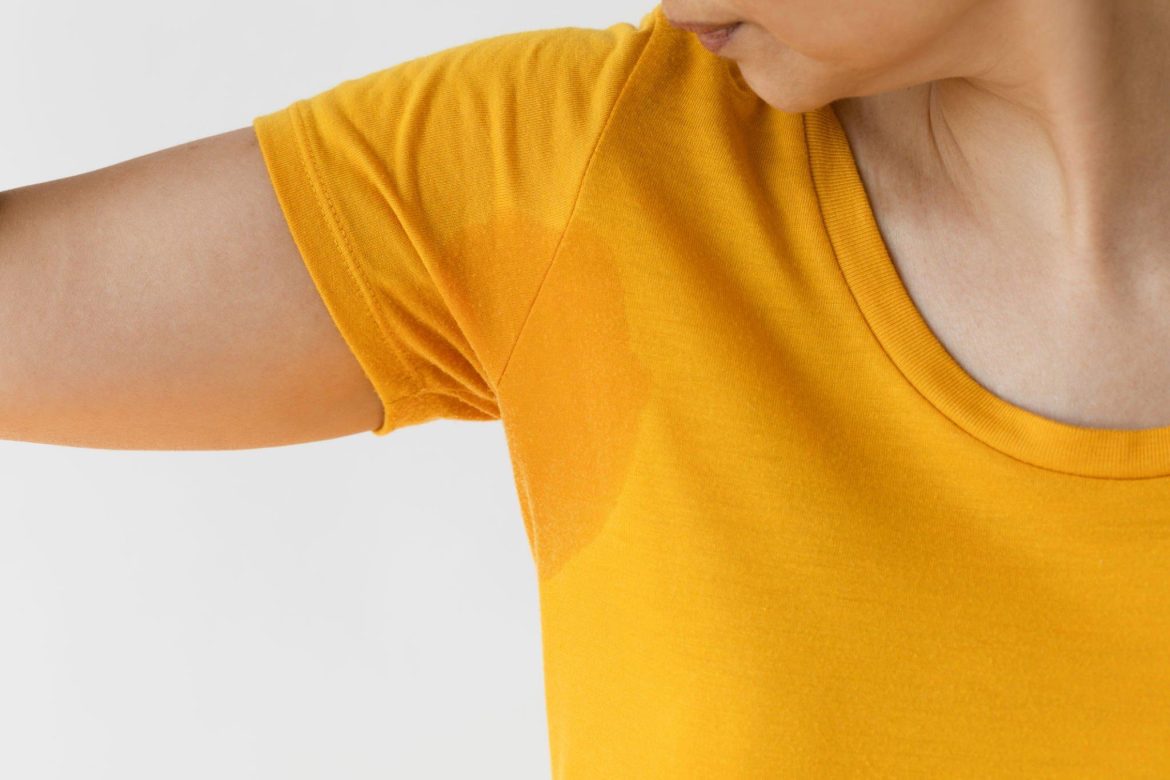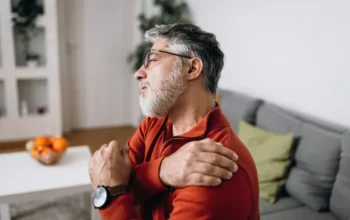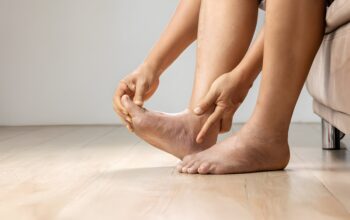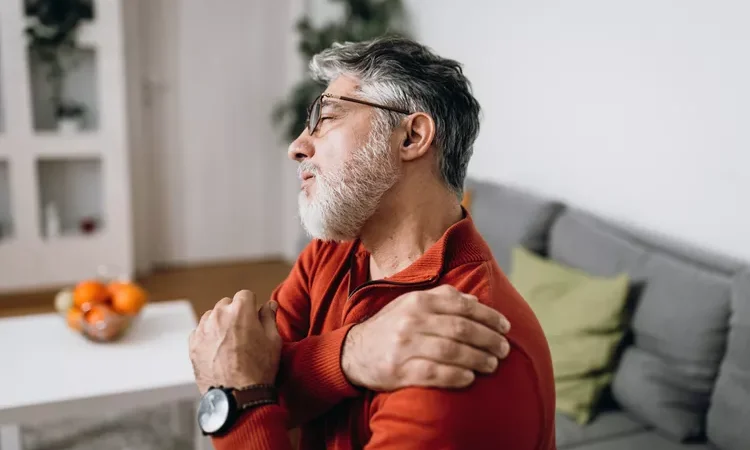Hyperhidrosis refers to excessive sweating, a condition where you perspire more than necessary for regulating body temperature. It can occur even when you are inactive, in cool environments, or unexpectedly at times when sweating is unusual.
Sweating is a natural process involving odorless fluid produced by your eccrine glands (sweat glands), primarily for body temperature regulation and to prevent overheating. These glands are distributed across your skin. Sweat travels from these glands through ducts to your skin’s surface. When it reaches the surface, sweat transforms from liquid to gas, evaporating and cooling your body in the process.
Primary Focal Hyperhidrosis
Primary focal hyperhidrosis is characterized by abnormal, excessive sweating without an underlying medical cause. This type of hyperhidrosis can lead to widespread sweating or be confined to specific areas, including:
- Armpits (axillary hyperhidrosis)
- Face
- Groin region
- Palms
- Soles of the feet
- Under the breasts
Individuals with this condition may experience significantly more sweating in hot conditions than others. They might also continue to sweat excessively after physical activity has ceased or during periods of stress. The term “flop sweat” is used to describe intense sweating triggered by embarrassment or anxiety.
Sometimes, the sweating occurs without any apparent reason, driven by overactive nerves that stimulate the sweat glands unnecessarily, as there is no need for body cooling.
Primary hyperhidrosis typically begins around puberty and appears to have a familial pattern, suggesting a possible genetic component.
What are the symptoms of hyperhidrosis?
The primary indication of hyperhidrosis is excessive sweating. Symptoms associated with sweating include:
- Feeling of wetness on the skin.
- Clothes becoming damp.
- Visible beads of sweat dripping from areas like cheeks or forehead.
Over time, hyperhidrosis can lead to additional issues such as:
- Skin irritation, itching, and inflammation due to prolonged wetness.
- Body odor, which results from the interaction of sweat with skin bacteria.
- Cracking or peeling of skin, particularly on the feet due to constant moisture.
The intensity of hyperhidrosis symptoms varies. Some individuals experience occasional mild symptoms, while others deal with persistent symptoms that significantly affect daily life.
Beyond physical discomfort, hyperhidrosis often has psychological effects. It can lead to embarrassment and social avoidance, impacting mental well-being. If hyperhidrosis is affecting your mental health, it’s important to seek assistance from healthcare professionals for symptom management and mental health specialists for emotional support and coping strategies.
Treatments for Excessive Sweating
If your excessive sweating is linked to an underlying medical condition, addressing this primary issue is the first step. Successfully treating the root cause can often alleviate abnormal sweating.
In cases where there’s no identifiable cause, your doctor might recommend treatments to manage the sweating. Options include:
- Prescription-strength antiperspirants, topical solutions, or medicated wipes.
- Antidepressants, which can not only reduce sweating but also alleviate anxiety that may contribute to increased perspiration.
For situations where sweating remains unmanageable and causes significant discomfort, other treatment methods are available:
- Botulinum toxin (Botox) injections: These can temporarily inhibit the nerves that trigger your sweat glands.
- Iontophoresis: This technique uses mild electrical currents to temporarily block sweat glands. It’s typically applied to the hands or feet submerged in water.
- Endoscopic thoracic sympathectomy: A minimally invasive surgery that involves severing the sympathetic nerves, reducing sweating in the armpits, palms, face, and potentially decreasing facial blushing.
- Sweat gland removal: In resistant cases, surgical removal of sweat glands from the underarm area may be considered. This procedure doesn’t prevent sweating in other body areas, however.







